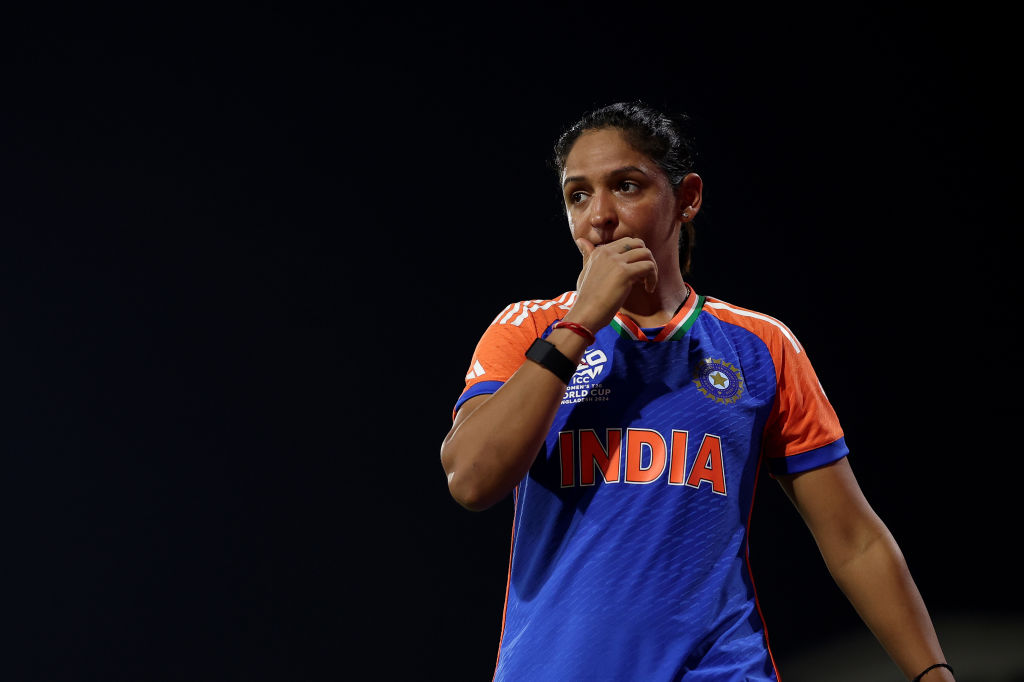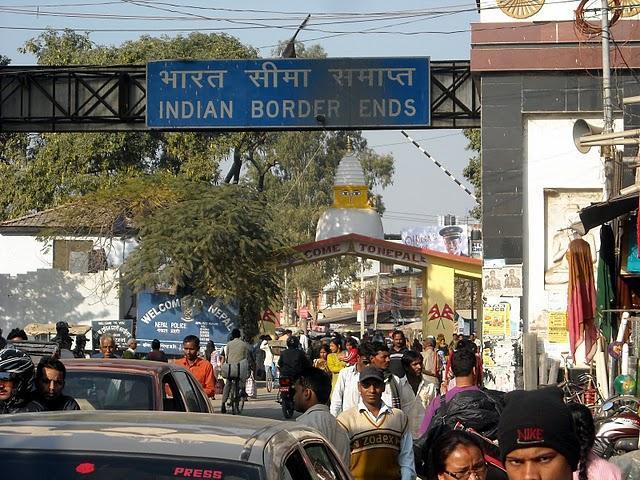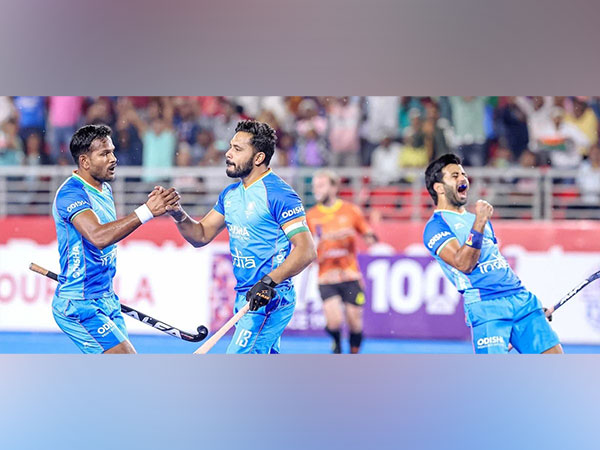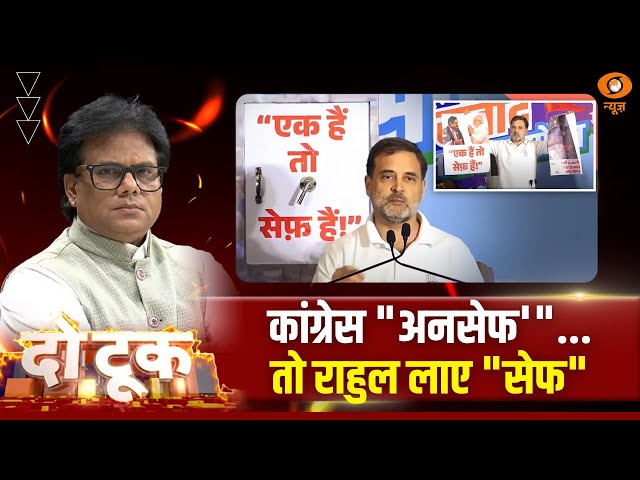India entered the Women’s T20 World Cup as one of the top contenders for the title, but their hopes quickly unraveled as they struggled throughout the tournament, leading to their elimination in the group stages. This marked the first time since 2016 that India failed to reach the semifinals. Their early exit has sparked widespread criticism and backlash.
Batting collapse
India’s 2024 Women’s T20 World Cup campaign fell well short of expectations, with their much-vaunted batting lineup proving to be their downfall. Senior players like Smriti Mandhana and Harmanpreet Kaur, who were expected to anchor the team, failed to rise to the occasion. Wickets fell at critical junctures, preventing India from building momentum throughout the tournament. Shafali Verma’s prolonged struggles at the top of the order further compounded the team’s woes, while Mandhana’s lack of impact during the crucial chase against Australia proved costly.
Despite registering a valiant half-century in the match against Australia, Harmanpreet Kaur faltered when it mattered most. Needing just 13 runs from the final three balls, the experienced captain surprisingly handed the strike to tailender Shreyanka Patil, a decision that ultimately dashed India’s hopes of pulling off a victory.
Misfields and poor running between wickets
India’s fielding deficiencies were glaring throughout the tournament, with misfields and dropped catches consistently gifting opposition teams crucial lifelines. These lapses in the field played a significant role in tipping the scales against India in key moments. The running between the wickets, a vital component in the challenging conditions of Dubai and Sharjah, proved to be an area of weakness. On surfaces where boundaries were hard to come by, quick singles and twos became crucial. However, India’s lack of fitness, particularly evident in players like Deepti Sharma and Richa Ghosh, led to several avoidable dismissals, further hampering their efforts.
Lack of game time
India’s preparation leading into the tournament was far from ideal. Without a T20 series to fine-tune their combinations, the team lacked a settled playing XI and a defined batting order. Captain Harmanpreet Kaur’s promotion to number three in the first two matches was followed by Jemimah Rodrigues occupying that spot for the rest of the tournament, a decision that created instability and failed to produce results. This inconsistency in team selection left India searching for the right balance throughout the tournament, but they were unable to find a winning formula.



















